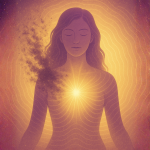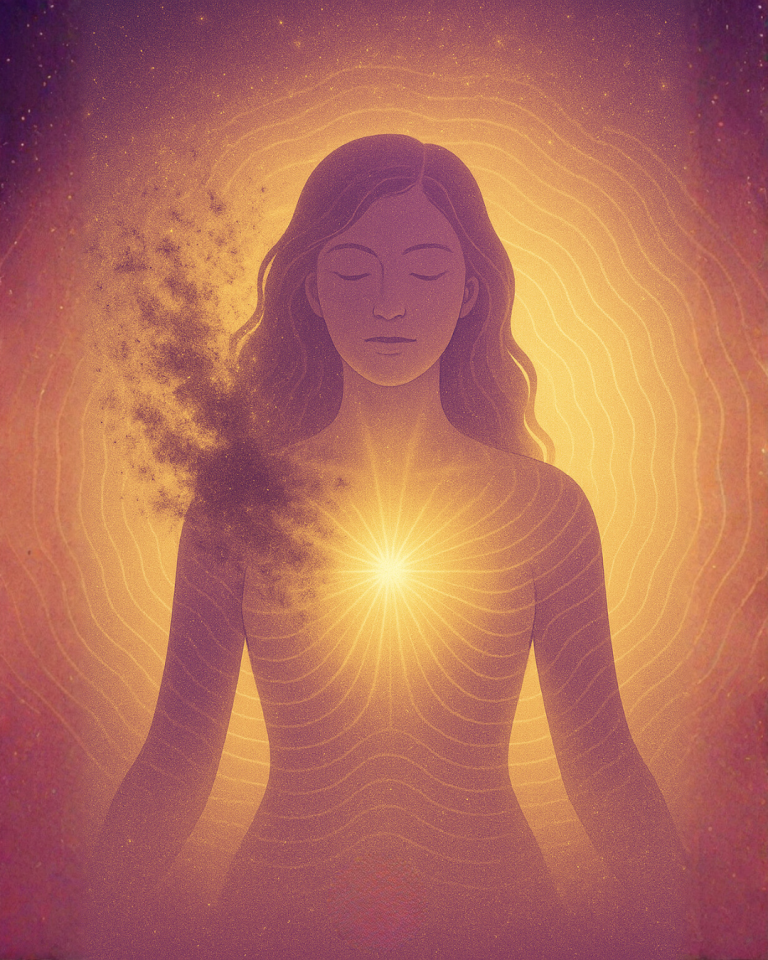Introduction
The notion of “love at first sight” feels like magic, yet behind the romance lies a rapid cascade of neural and hormonal events. Neuroscience reveals that within milliseconds of seeing someone compelling, your brain orchestrates a complex dance of chemistry and perception.
What happens in those first moments
- Visual cues trigger the release of neurotransmitters like dopamine, norepinephrine and oxytocin, creating feelings of excitement, focus and bonding.
- The brain’s reward centres light up, associating the stranger with pleasure and novelty. Blood flow increases to the brain regions responsible for evaluation and decision making.
- Signals travel from eyes to amygdala and prefrontal cortex, where memories and values influence whether initial attraction grows or fades.
Beyond the spark
- While the first glance can ignite intense attraction, sustainable love requires time and deeper connection. Real relationships are built on shared values, emotional safety and mutual growth, not just chemistry.
- Recognising the biological basis of infatuation can help you stay grounded and avoid conflating early excitement with destiny.
Embracing the science and the mystery
- Use the awareness of your brain’s chemistry to approach new connections with curiosity rather than projection. Allow the initial spark to inspire exploration rather than guarantee fate.
- Cherish the mysterious beauty of attraction while cultivating discernment and communication to nourish long‑term intimacy.
Conclusion
Love at first sight may feel like destiny, but it is equally a symphony of chemistry. By understanding the science behind the spark, you can enjoy the thrill of meeting someone new while consciously steering your heart toward authentic, lasting love.






